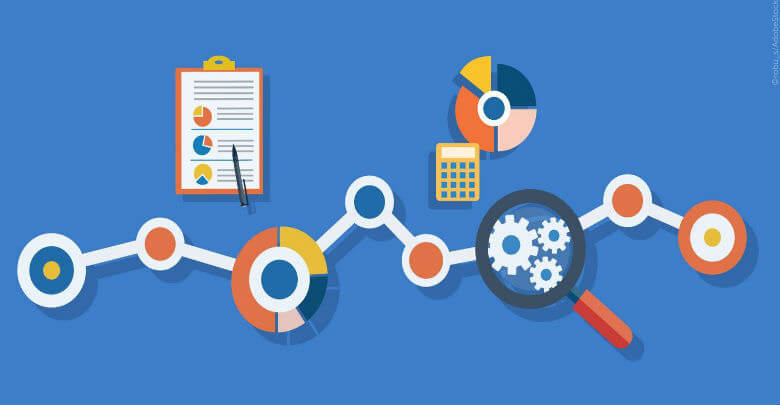Did you catch part 1 of our 2-part blog series on the importance of data fluency in market research? We hope you did, but if you didn’t you can check it out here.
In part 1, we defined data fluency, discussed its rising importance in market research, and explained the foundational skills needed in order to become more data fluent.
Here in part 2 of this series, we focus on how you can go even deeper by utilizing our upcoming course, ‘Data Fluency for Marketers.’
Taking Your Data Fluency to the Next Level
In this course, we focus on 3 crucial steps toward gaining data fluency:
- Specifying outcome-centric goals
- Knowing numerous data options (sources and methods)
- Assessing data reliability
The first step covers the importance of framing business goals in the context of how results will be applied. To do this, you need to not only communicate about project goals effectively with your clients, but also understand how to elaborate on these goals using the language of data.
This may be foreign to you now, but don’t worry, the course will break it down for you.
The second step focuses on the importance of being data agnostic. You will learn to choose the most relevant data sources, regardless of type. There are many data types out there (big and small), and this course will help build a better understanding of them.
The third step in this course covers how to assess reliability across different data types.
We place a strong focus on the effect of data bias and how to recognize it, particularly with regard to ‘survey data’ and ‘big data.’ We also cover the importance of data set size, validation, and timing.
This course begins on Thursday, 11/2. If you’re interested in upping your data fluency register now! No experience working with quantitative data? No worries. This course is perfect for all levels: no previous data analysis experience required.
______________________________
P.S. Don’t forget to take a look back at part 1 in this series in case you missed it.












